Our world tour also goes through the seas and oceans
One of the challenges we took on for our world tour is to explore the seabed by learning how to scuba dive. An activity which give us the chance to extend our journey and our discoveries to the underwater world while pushing us out of our comfort zone.
We have decided to do the certification early in the trip in order to make the most of the coming destinations’ dive spots. However we have waited to be in hot water to start (no Alaska diving for us). Indeed, our travel plans include the two largest coral reefs in the world (the Australia and Central America Caribbean coasts).
Diving, a very romantic honeymoon activity
What is better than discovering this new world and its wonders alongside your soulmate? It is also an opportunity, by doing your training with your love one as your buddy, to fully place your trust in your partner (who will provide air in case of problems and will be there to get you to the surface if you faint). This also means you finally have to be fully able to communicate with gestures and looks (for example you have to make the difference between behind the mask big eyes from “I have just seen a turtle” and “I am having a nervous breakdown”).
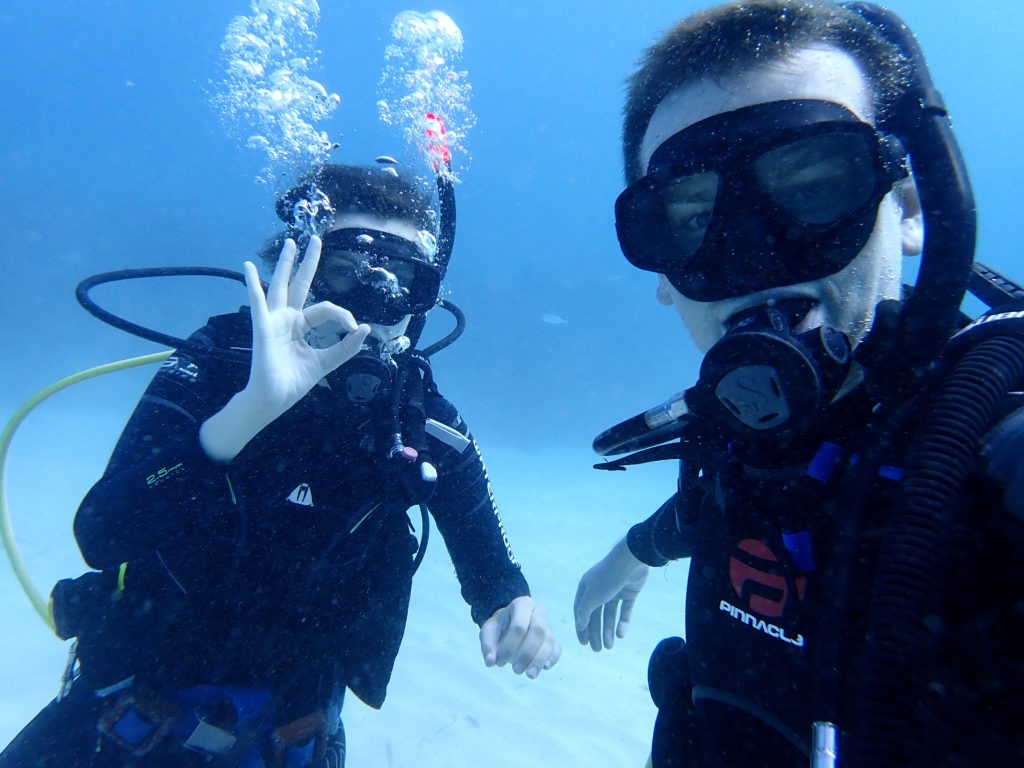
Diving Courses: PADI Scuba Diver and Open Water
It is possible to dive without certification. However, if you plan to do several dives it is better to get a certification. Over time it will gives you access to more technical dives. We preferred to train with the PADI (Professional Association of Diving Instructors), which is recognised as the largest international recreational scuba diving organisation.
Initially, we just wanted to get our PADI Scuba Diver certification, which is a subset of the PADI Open Water Diver course. This certification allows to dive to 12 meters deep under the direct supervision of a PADI Professional. PADI Scuba Diver certification is therefore easier and shorter. However we realised doing directly the PADI Open Water course, which allows you to dive up to 18 meters without a guide, is faster and cheaper than doing it in two different times.
It is advisable to start with a discovery dive. We didn’t do it but think it would have been best. Indeed, it allows you to discover the dive sensations without the pressure of passing the certification and it helps you feel more confident before starting the course.
PADI Open Water certification
The PADI Open Water certification exam consists of a theoretical part and a practical part including confined water dives as well as open water dives. We therefore studied the 5 chapters of the theory book and performed the written exercises (provided by our dive centre). At the end we took the multiple-choice final exam. Each chapter demanded about two hours of reading, which we divided in six days. Be careful, the time spent on the theory is not negligible. We also watched, at the diving centre, the videos corresponding to the 5 chapters. However, it is possible to pass the theory online before even travelling to your destination for the practical learning.
On the practical side, it’s a lot of exercises! We first learned how to prepare, assemble, test and clean our scuba equipment. After this we took our first steps in confined water. The practice done in confined water can be realised in swimming pools or by the edge of the beach if the conditions allow it. We did it at sea which gave us the chance to observe our first marine animals. We quickly made our first dive in open water at 10 meters deep. To be certified, we had to successfully complete confined and open water exercises. These exercises are problem and emergency scenarios as well as underwater navigation basics and equipment knowledge. It is essential to develop good reflexes in order to dive safely.
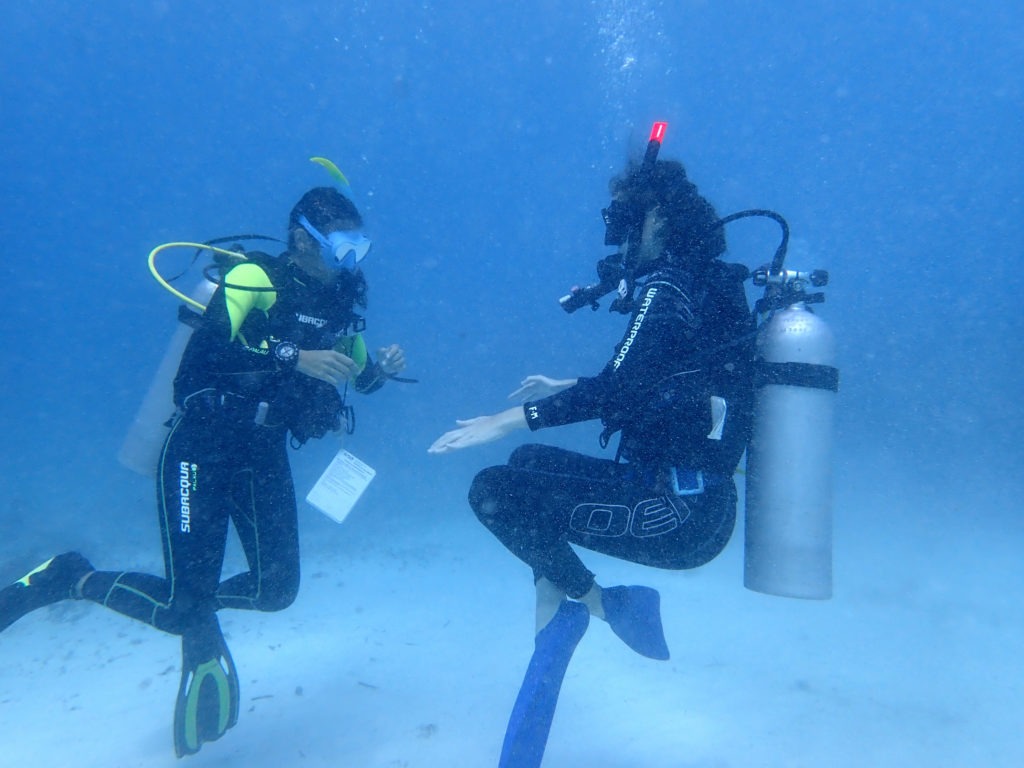
The practical part was very natural and easy for Nicolas (who had more apprehension about the theory). It was an incredible feeling for him to breathe underwater for the first time. Clémentine’s experience was quite different …
A difficult experience for Clémentine
Breathing underwater is not natural for everyone. Add to this a bit of claustrophobia and anxiety about sports with health risks and you can imagine Clémentine’s apprehensions. Yet it is she who insisted and who wanted even more than Nicolas to practice this hobby. The attraction of the underwater world and the possibility of observing animal life as well as the desire to go beyond her limits were her motives.
The first sessions were very difficult, especially since we had started training for the PADI Open Water certification instead of the Scuba Diver as we initially planned. Clémentine hated the first dives. She was so stressed and focused on her actions she did not observe a single fish! It was scary to not even be able to speak in case of problems and to know that whatever happens it is important not to panic (just this idea is distressing)! But she hates giving up more than anything and dislike letting herself be dictated by fears. In addition, she suspected the more practice the less fear and the more pleasure. So she hung on and continued training… with butterflies in the stomach. Until the end, she was not sure she could execute the exercises to validate the certification. But she was not going to give up before really trying.
In the end, Clémentine passed her certification at the same time as the rest of the group. This was possible thanks to:
- an amazing team of instructors (patient, funny and reassuring)
- encouragements from her loved one (who made her hearts with his hands under the water and watched her closely)
- hours of exercise after class in the hotel pool (open 24/24)
- a lot of self-composure
The best in all this? She loved the last dive! We can not say she was exactly relaxed but the fact that she had in mind the song “under the sea” rather than “do not panic, breathe, do not panic, breathe” is a good proof of her progress no?
The point of this and the reason we wanted to share it is to tell you if you find yourself in the same situation do not give up. If you have always been attracted by the underwater discovery but you hated your first diving sensations ask yourself this question: do you really hate the activity or is it due to your fears and apprehensions? Make sure to practice with people and equipment which you feel you can truly trust, in an easy environment (a place where the sea is calm) and give it another chance in the best possible conditions before deciding it is not for you.
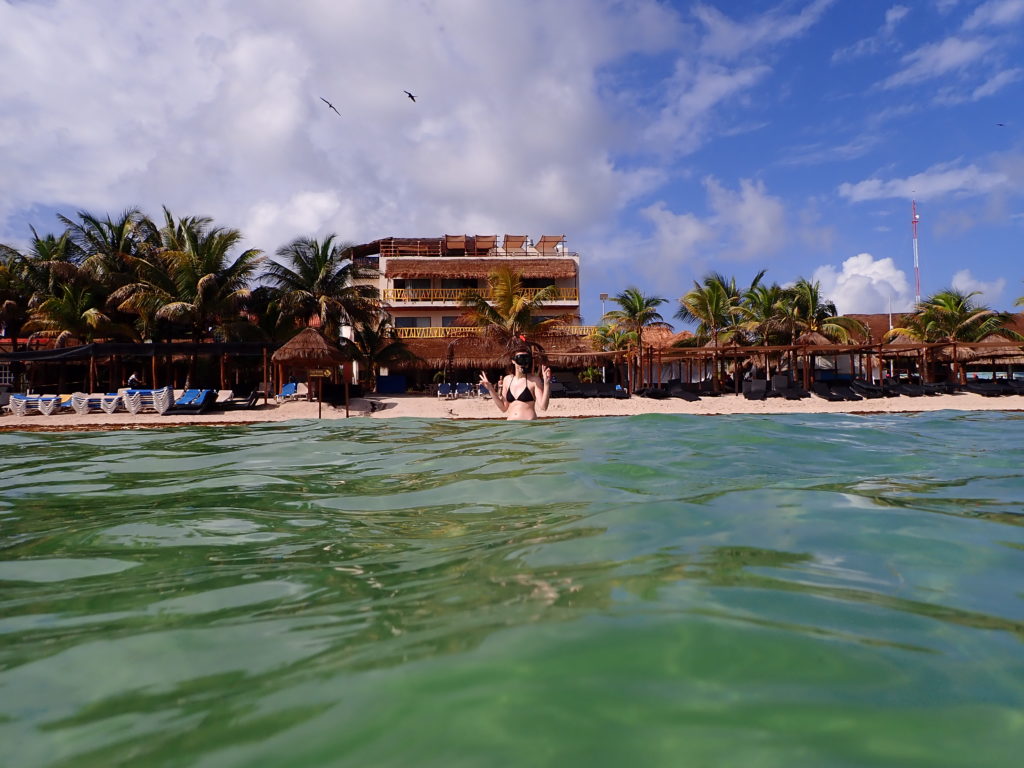
Our PADI Open Water course diving center: Mar Adentro in Mahahual
The Mesoamerican Coral Reef stretches on more than 1,000 km from the Caribbean side of Mexico to Honduras. It is the second largest barrier reef in the world after Australia. It seemed like a wonderful place to take our PADI Open Water certification. Our first encounter with the barrier was off the coast of Belize (where we had a great glimpse with a mask and a snorkel). However we preferred to settle for our week of course in Mexico which is a more affordable country that we love.
We have therefore made our home in Mahahual, a quiet village transformed by the passage of cruise ships. A heavenly and calm place to start our diver activities.
After giving it many thoughts, we chose the dive centre Mar Adentro. It is important to pick carefully your dive centre. To help read online comments or better, once there, ask the locals their recommendations. Go see for yourself the premises and the equipment conditions. More importantly make sure to discuss with the instructors. It is 100% essential to feel comfortable and confident with them, it is your safety and health that you are putting in their hands.
At Mar Adentro, our instructors and guides were excellent and helped Clémentine overcome her fears. We felt very well supervised and did not felt pressured by the time we took to finish the certification. It was also an opportunity to meet wonderful people, encounters which we extended out of the centre around meals and drinks. The centre is directly on the beach edge, which allows to equip yourself on the spot and walk directly in the water for the confined water dives or directly to the boat for the open water dives. It is also a chance to study the theory and pass your exams outside with a sea view! Finally, prices are very affordable.
Practical tips for your first dives (missing from the PADI training)
- Tie your hair very well. Removing and putting back the mask is a huge source of knots. Clémentine had to cut a few locks after her first dives.
- Do not neglect sunscreen, even if you are wearing a full body suit. The forehead in particular (the part above the mask) and the wrists heat up quickly on the boat and in the water at the surface! But be careful not to put it too close to your eyes, you wouldn’t want it to sting under water.
- Use a biodegradable suncreen of course!
- Legend says divers who do not urinate in their suits are liars …
The language of your training
We encourage you to look for a center where you can train in your native language. The theoretical part contains very technical questions and it can be difficult if you do not speak the language so well. This may also increase your reading time. We managed to do our certification in English but we could have never done it in Spanish. Also make sure you understand your instructor.
Now we are “Advanced” divers
A little update at the end of our world tour. As we quickly became more confident and addicted to diving, we obtained our level up PADI Advanced certification.
We have continued diving in amazing locations around the world:
- French Polynesia
- Australia, on the Great Barrier Reef
- Bali, Indonesia
- Thailand
- The Seychelles Islands
- Zanzibar, Tanzania
- Egypt
Clémentine’s movies and reading list
- The French documentary filmed around the world: Oceans (2009, Jacques Perrin).
- The French novel Twenty Thousand Leagues Under the Sea, Jules Verne, perfect to put you in the mood.
- Two of our favorite Disney: Finding Nemo (2003) and The Little Mermaid (1989).
- The SpongeBob series, written and produced by marine biologist Stephen Hillenburg. We are big fans and this article seems our only chance to recommend it.
Thanks for reading ! Do you like diving? Are you already a certified diver? Please share your experiences in comments. And feel free to check out our other articles on Mexico.
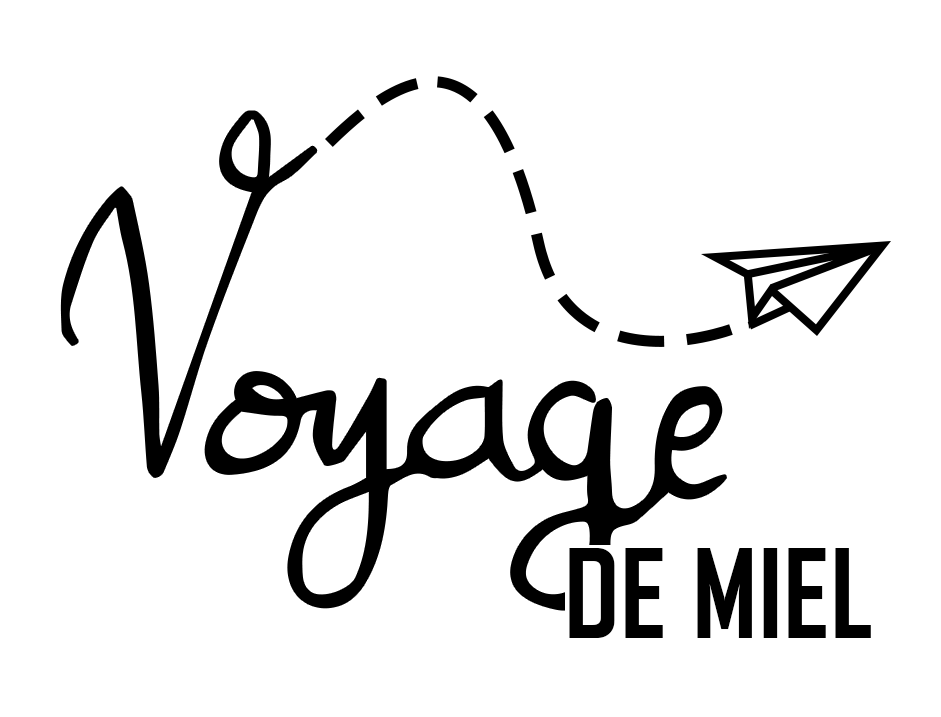
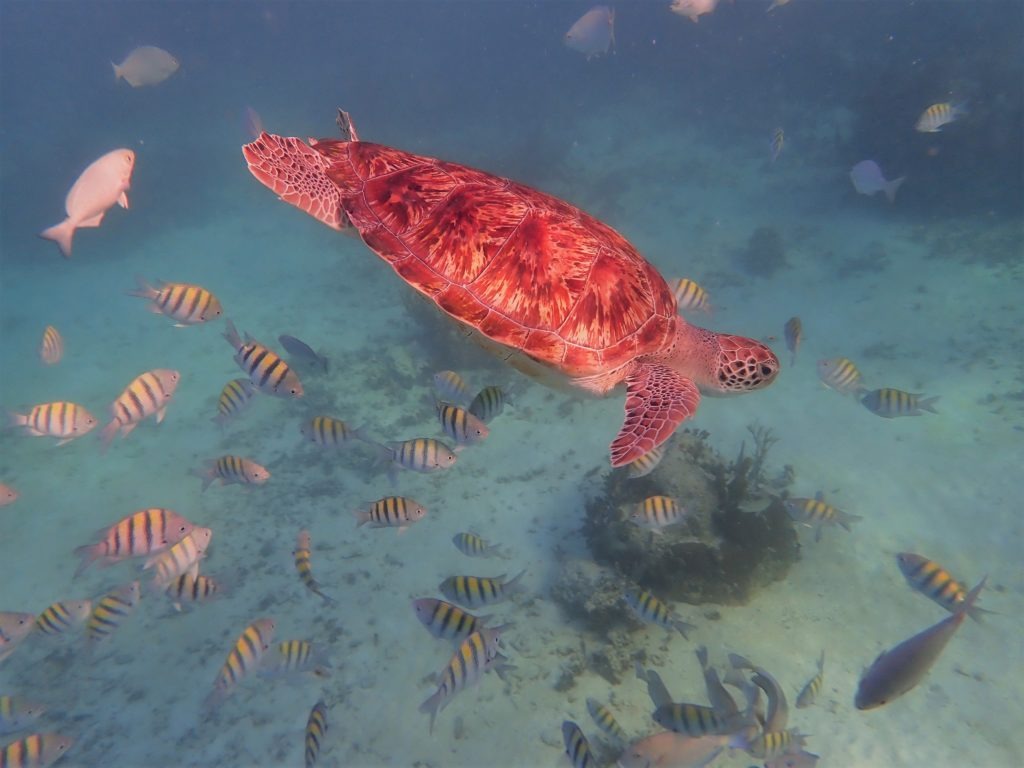
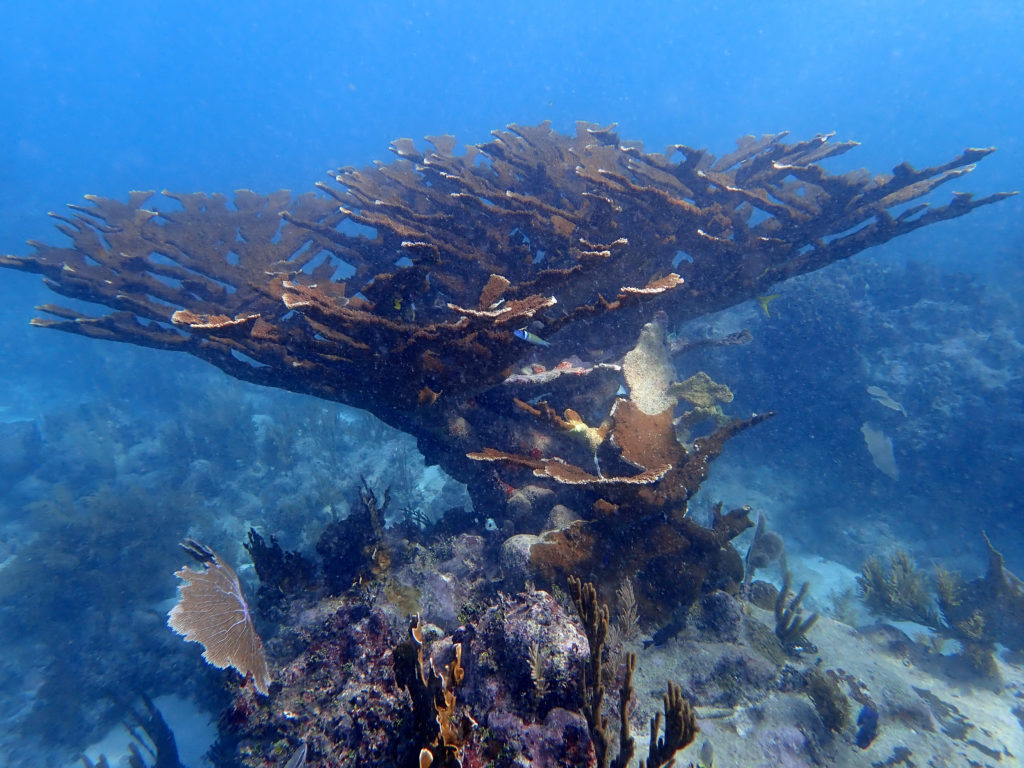
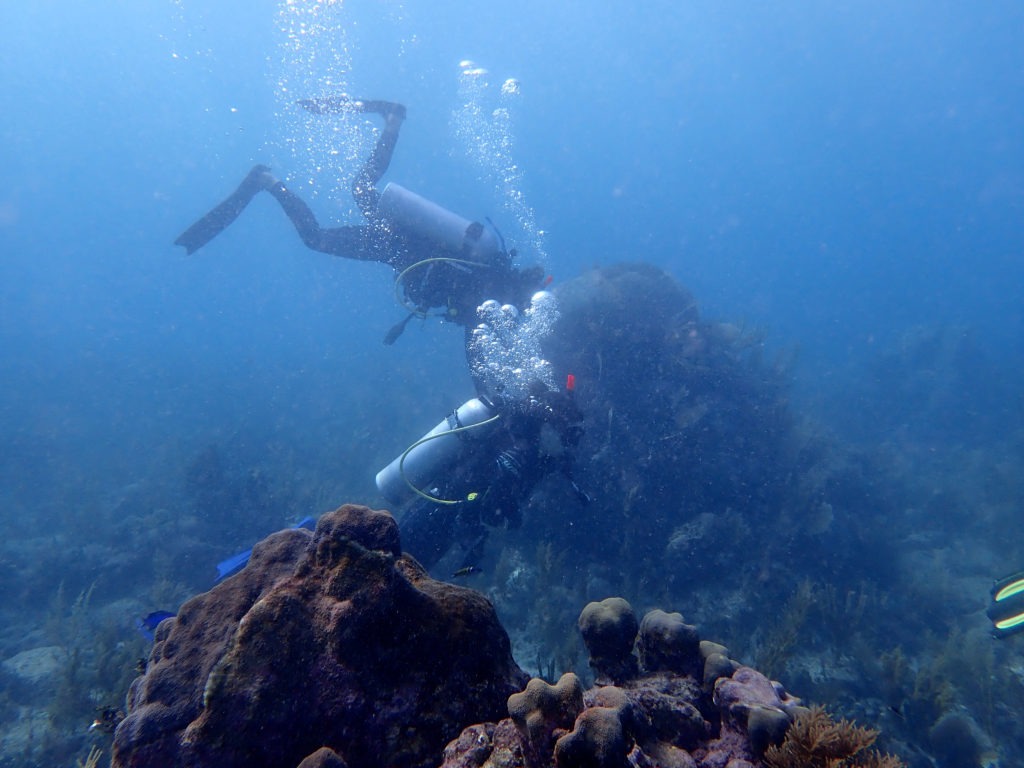
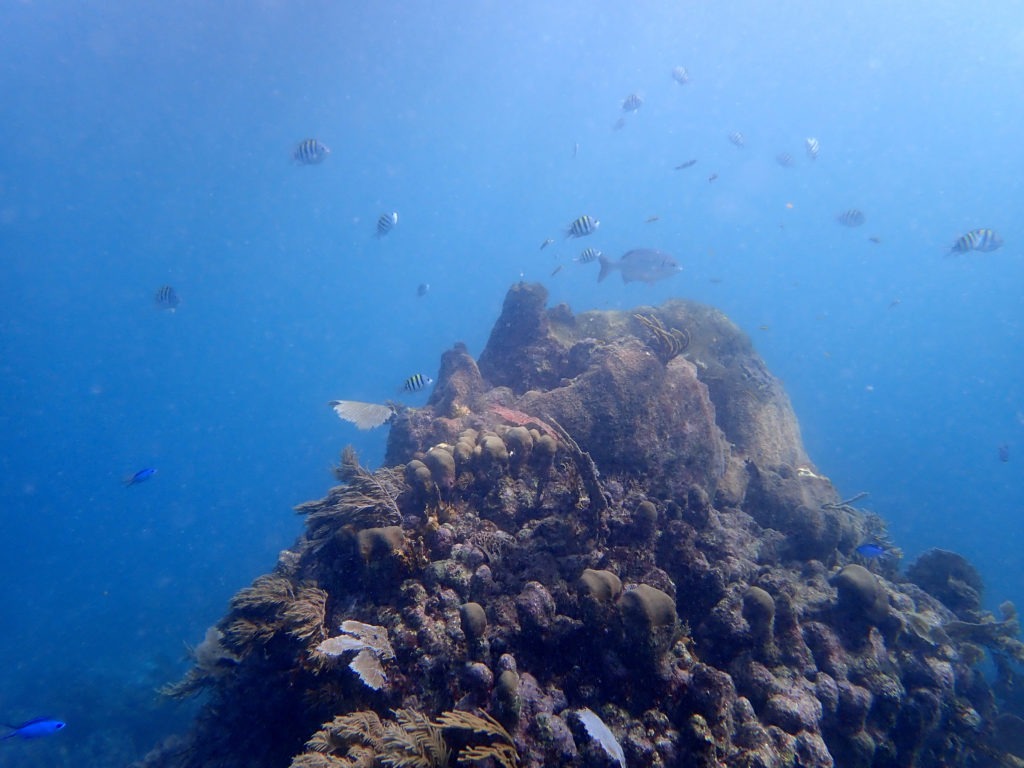
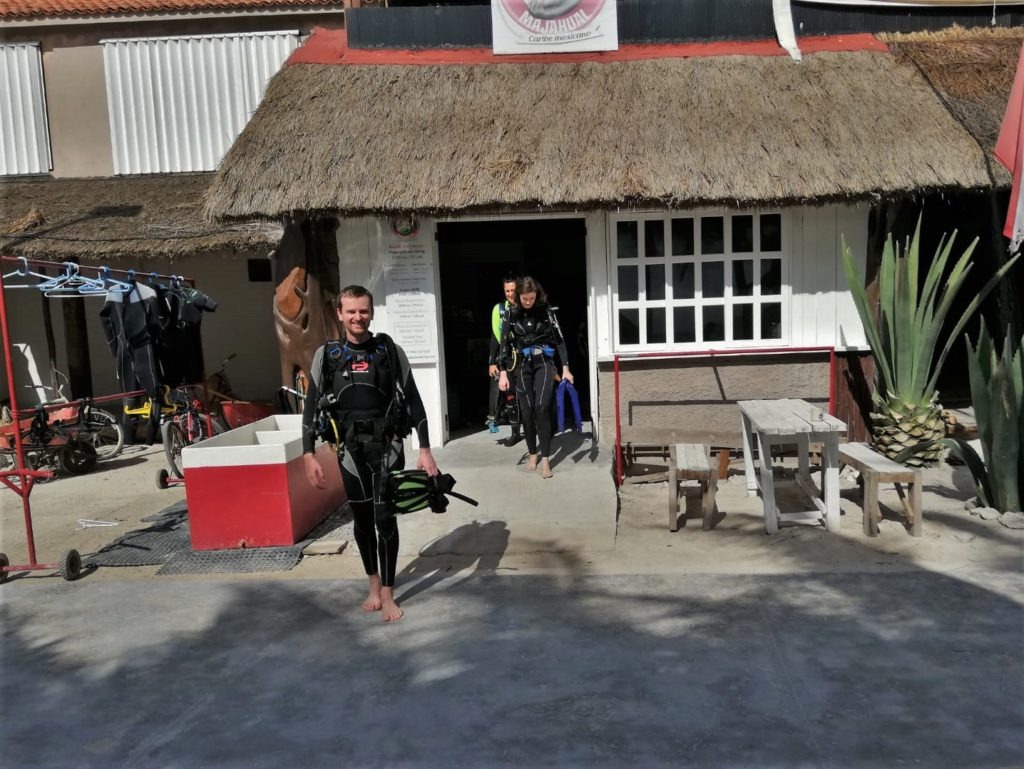
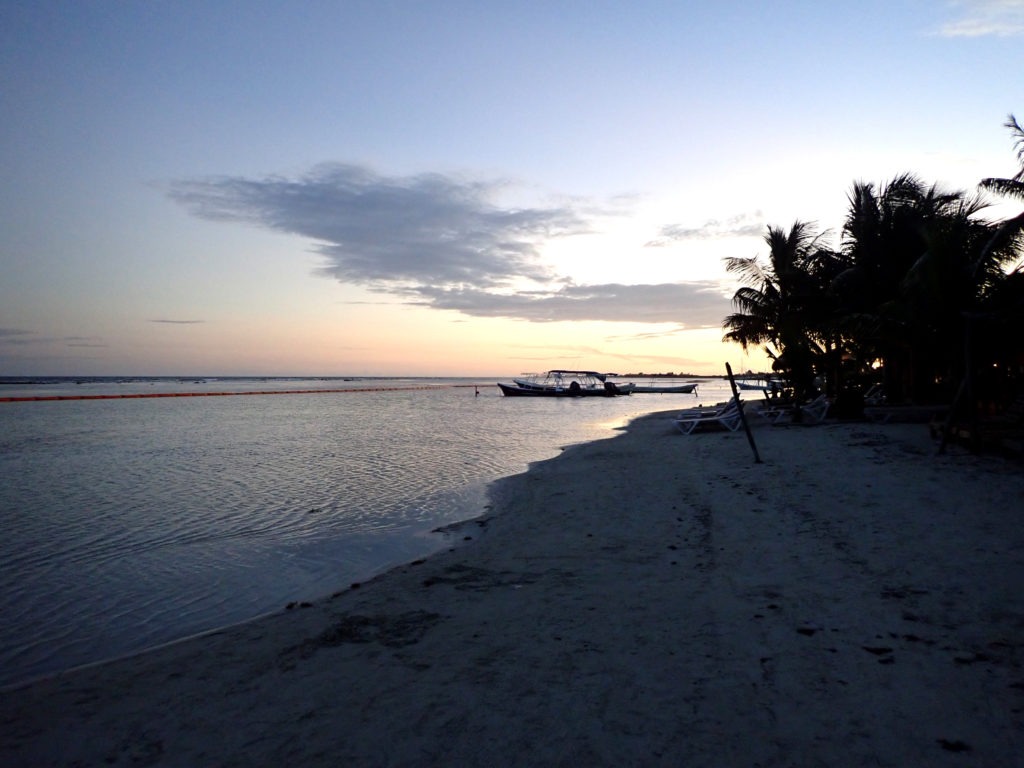
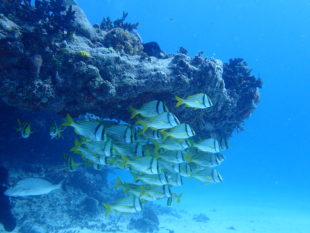
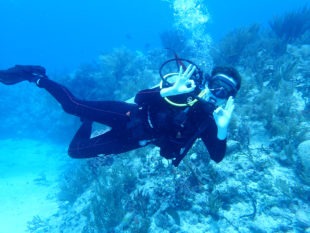
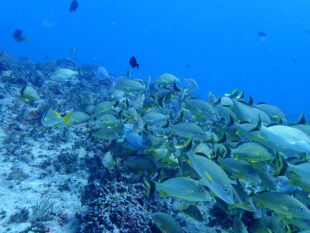
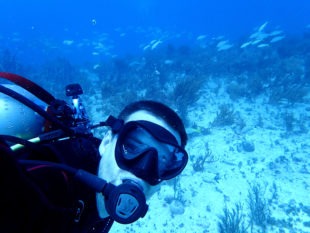
1 Comment
Laverne Bezio
April 25, 2020 @ 08:17
I like this post, enjoyed this one appreciate it for putting up.